The sulfur tuft (Hypholoma fasciculare) is a common fall mushroom that entices with its bright yellow coloring, but this species is one to avoid. It is toxic and is easily confused with honey mushrooms for the beginner forager. If you intend to harvest honey mushrooms, be extra careful you don’t have sulfur tufts instead. These mushrooms like to appear in massive quantities around dead and dying trees (especially stumps) and are hard to miss. This forager has seen sulfur tufts growing alongside honey mushrooms on the same dead tree!
- Scientific Name: Hypholoma fasciculare
- Common Names: Sulfur tuft or Sulphur tuft (depending on which side of the pond you’re on), Clustered Wood Lover
- Habitat: Dead and dying trees
- Ediblility: Toxic
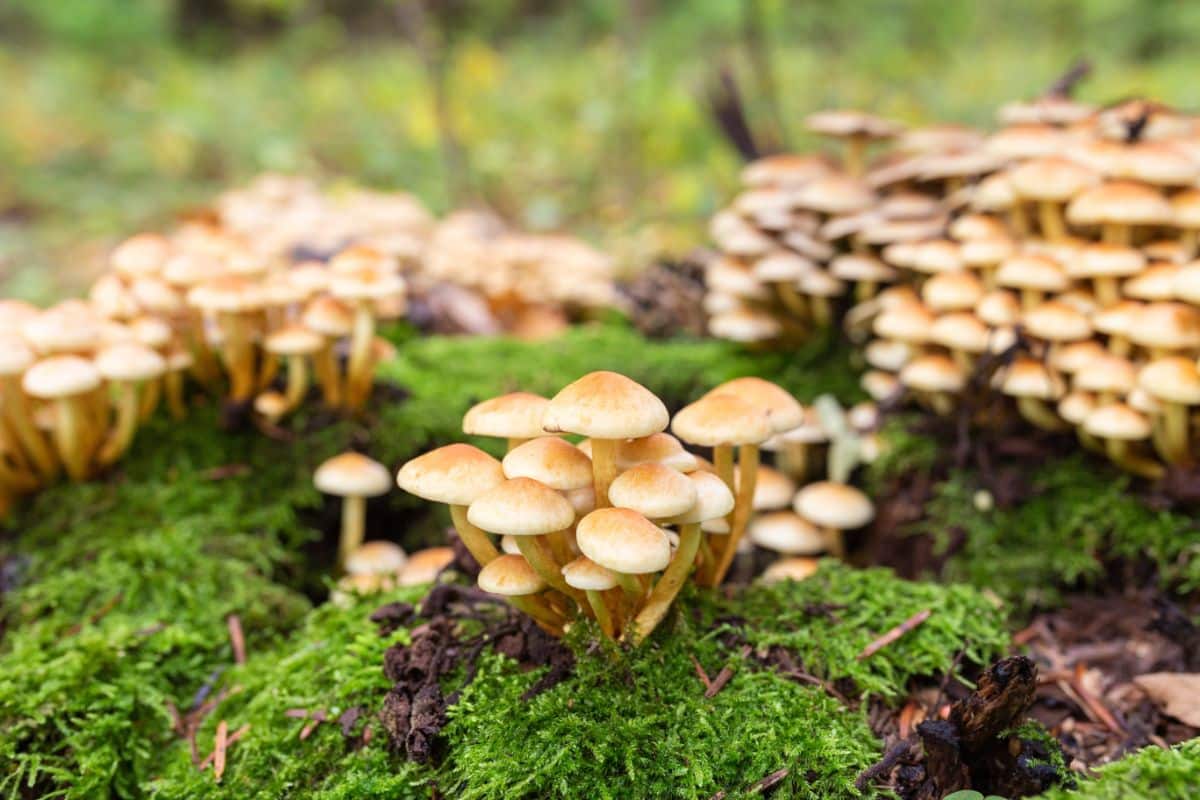
Jump to:
All About Sulfur Tufts
The scientific name “fasciculare” is derived from the Latin word “fasces,” which means a bundle of rods bound around an axe head. This was a symbol of authority and power in ancient Rome, commonly used by magistrates. The word fascism comes from the same Latin root, describing a small group of people with enforced centralized authority.
The British botanist and mycologist William Hudson first described the sulfur tuft mushroom in 1778. Initially classified as Agaricus fascicularis, Paul Kummer later transferred it to the Hypholoma genus in 1871.
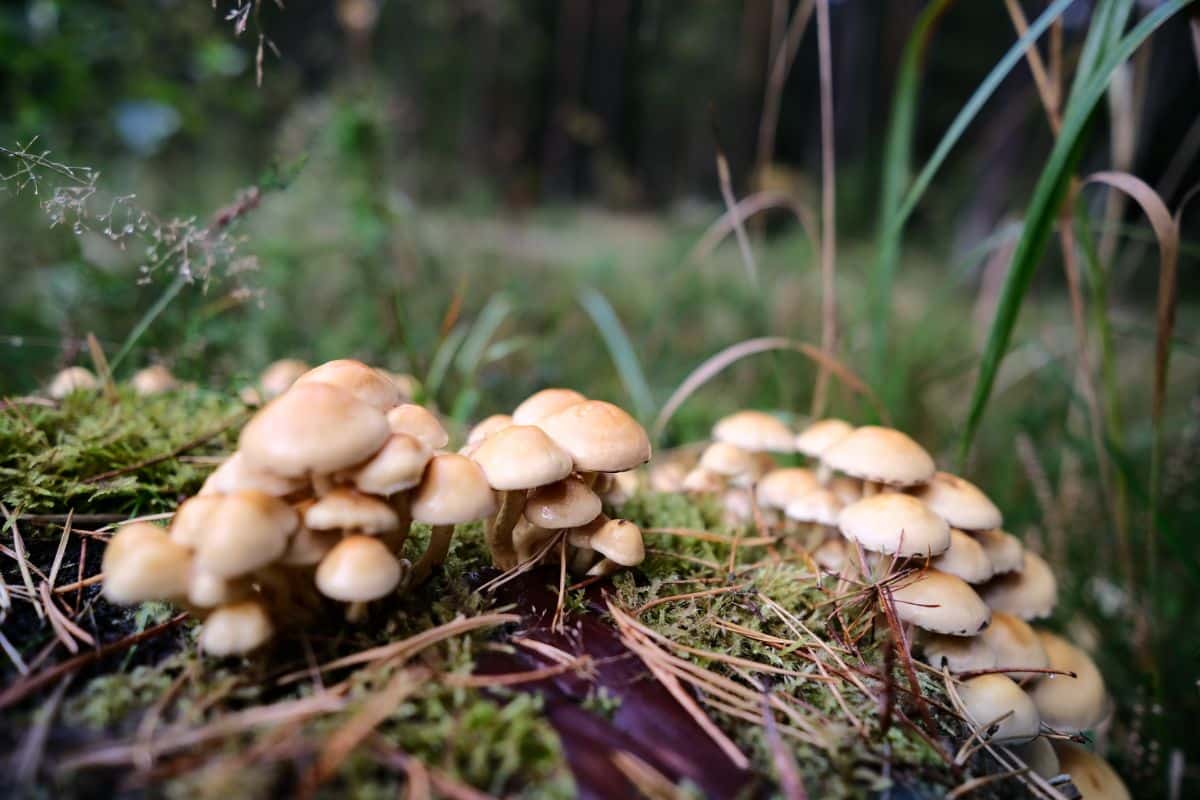
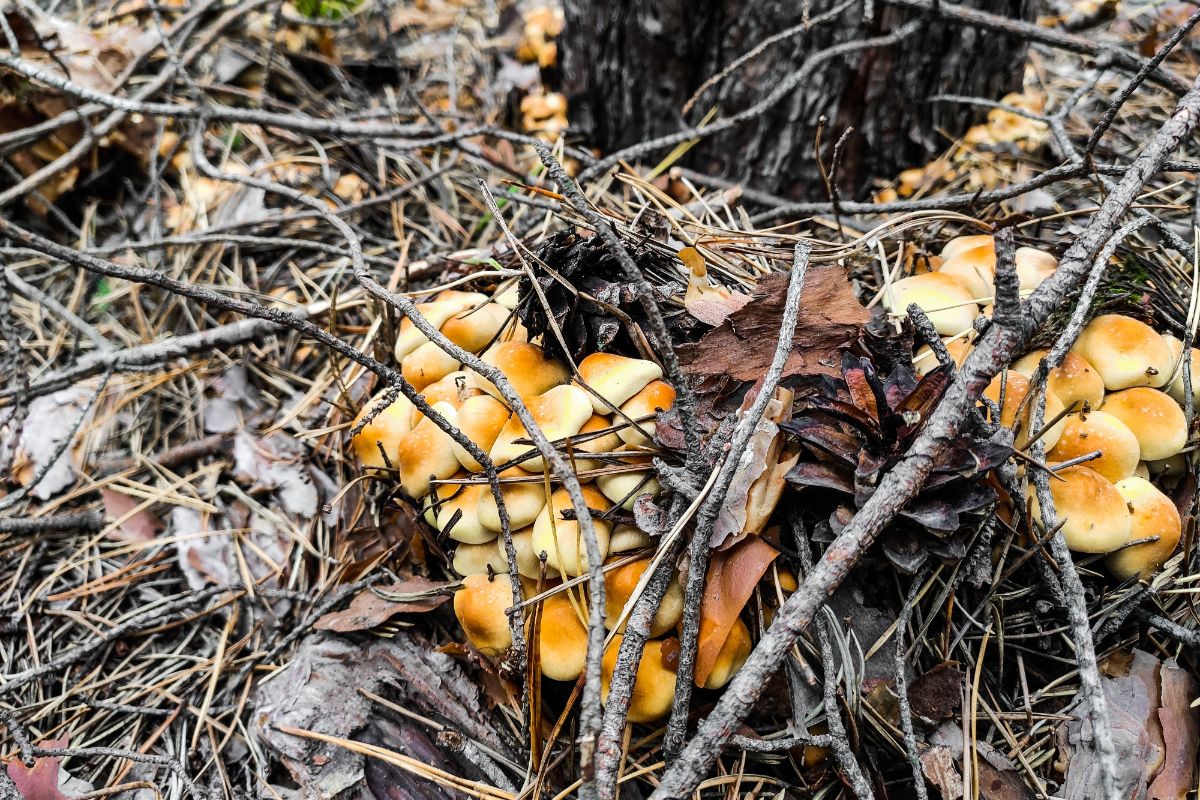
Sulfur Tuft Identification
Season
The sulfur tuft fruits from May through November but prefers colder weather, so it usually appears Oct-Nov. Or, it may fruit in the early spring.
Habitat
The sulphur tuft is a saprobic species, meaning it obtains nutrients by decomposing organic matter. It thrives in woodlands and is not super picky about tree hosts. It can be found growing in clusters on decaying logs, stumps, and surrounding soil that contains buried wood. While it can colonize both deciduous and coniferous trees, it tends to favor decaying hardwoods due to their lower lignin content compared to conifers.
These fungi usually appear in tightly packed clusters or “tufts,” hence the name sulphur tuft. Large groups can be seen on deadwood, sometimes in massive quantities. The caps are so dense and overlapping that they are often deformed because they don’t have enough space to spread out.
The sulphur tuft mushroom is widely distributed and can be found in various parts of the world. It is particularly common in northern Europe, North America, and regions of Asia. In North America, it is very widespread but more common in northern regions and on the west coast.
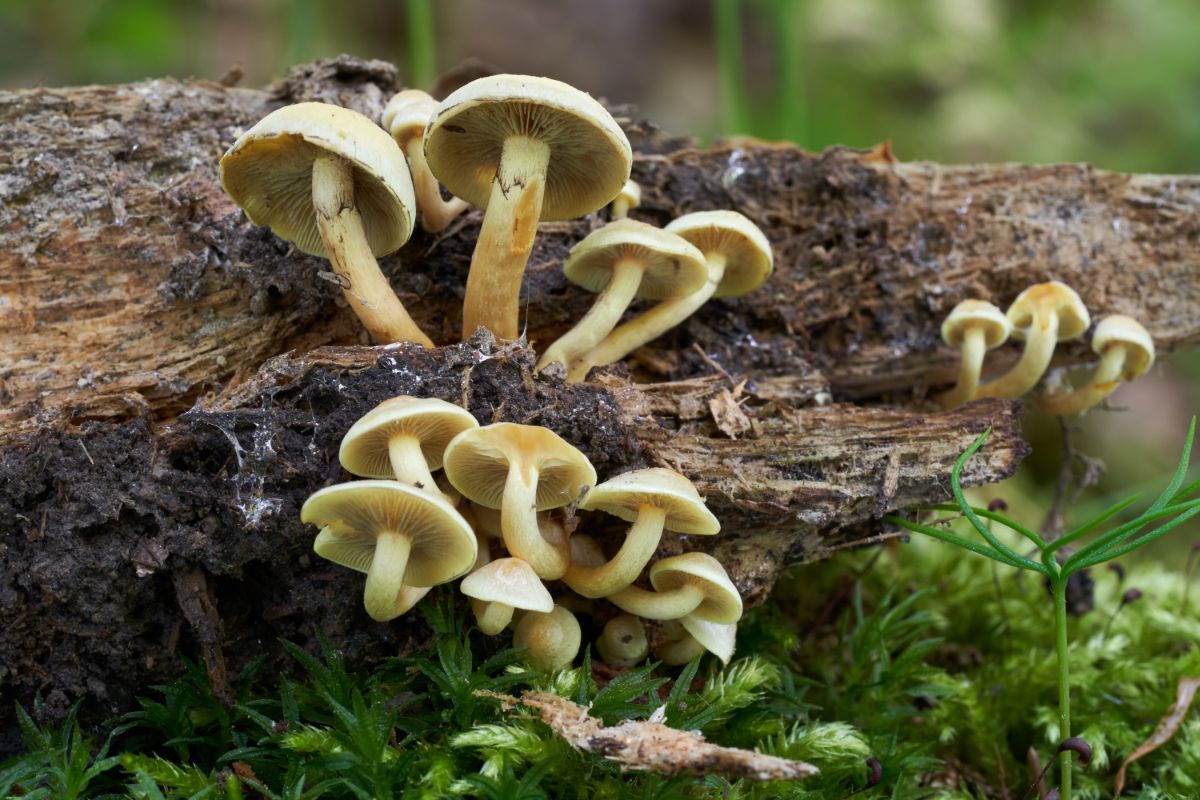
Identification
Cap
The cap of the sulfur tuft is smooth and ranges from ¾–2 ⅜ inches in width. It starts out rounded, but the cap flattens out as it matures. It is smooth and sulfur-yellow with an orange-brown center and whitish edges. When young, it has shades of tawny reddish-brown or orange, but as it matures, it develops bright yellow, greenish-yellow, or golden yellow hues.
Often, the caps fade significantly with age to a pale yellow-brown or even whitish that is rather unremarkable compared to its youthful brightness. You can see in the photos that the cap color varies widely with age and location, but it always has a darker center that leans towards orange or rust-colored.
The cap may have remnants of the partial veil around its edges. These look like fine white fibers or spiderweb-like.
Gills
The sulfur tuft gills are attached to the stem and are crowded. There are many shorter gills combined with long gills that reach the stem. They start off as sulphur yellow and gradually turn olive or greenish-yellow. As the mushroom matures, the gills develop purplish-brown to blackish spots. The gills are covered by a veil when young. This veil then breaks, and there may be whitish remnants of it on the edge of the cap and around the stem.
Stem
The stem of the sulfur tuft is yellowish and measures between 1–4 inches long. Closer to the base of the stem, the color changes to an orange-brown. It is more or less equal in shape or tapers towards the base. In young specimens, a partial veil is present around the top of the stem, but it fades or disappears with age, leaving behind a faint ring zone.
Flesh
The flesh of the sulphur tuft is thin and yellow. It does not change color when cut or bruised.
Odor and Taste
The sulfur tuft mushroom has a mushroomy but indistinctive odor. Its taste is intensely bitter.
Spore Print
The spore print of the sulfur tuft is purple-brown. You can often determine the spore print color when out in the woods by lifting a cap up. This works if they are growing super clustered together; the spores release on top of the mushroom cap below.
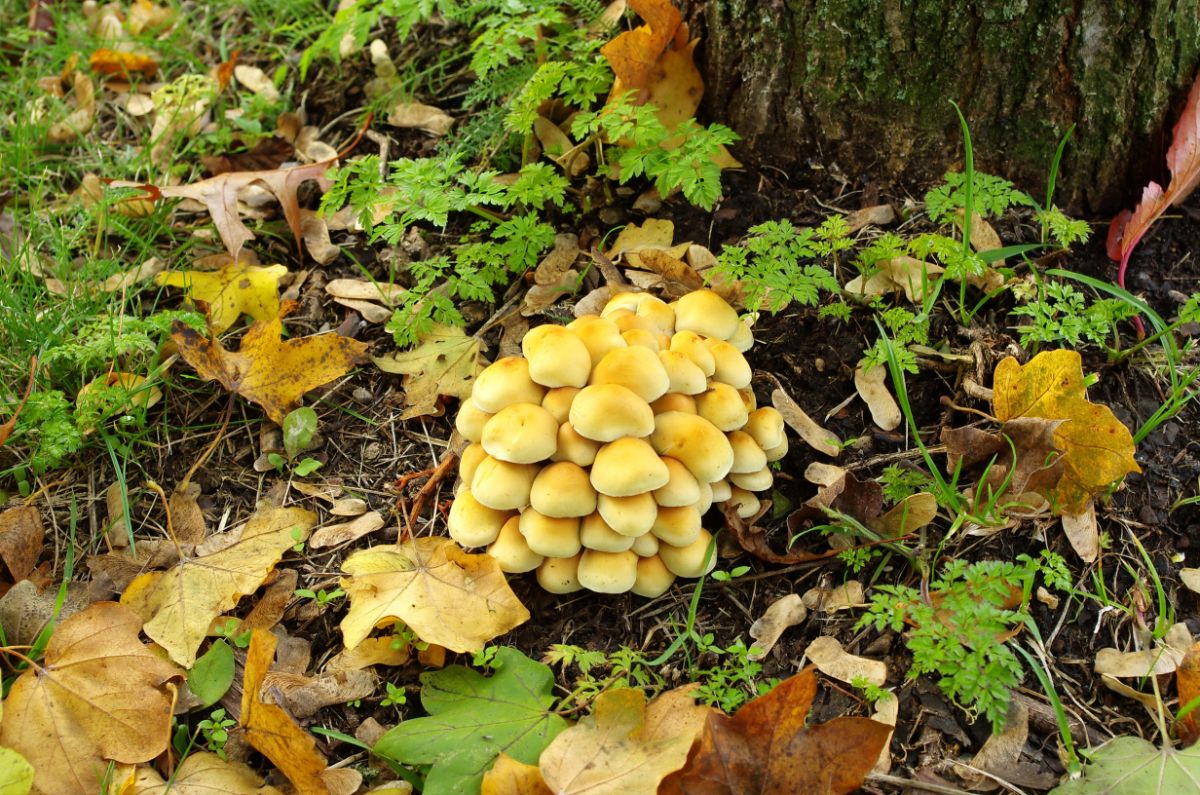
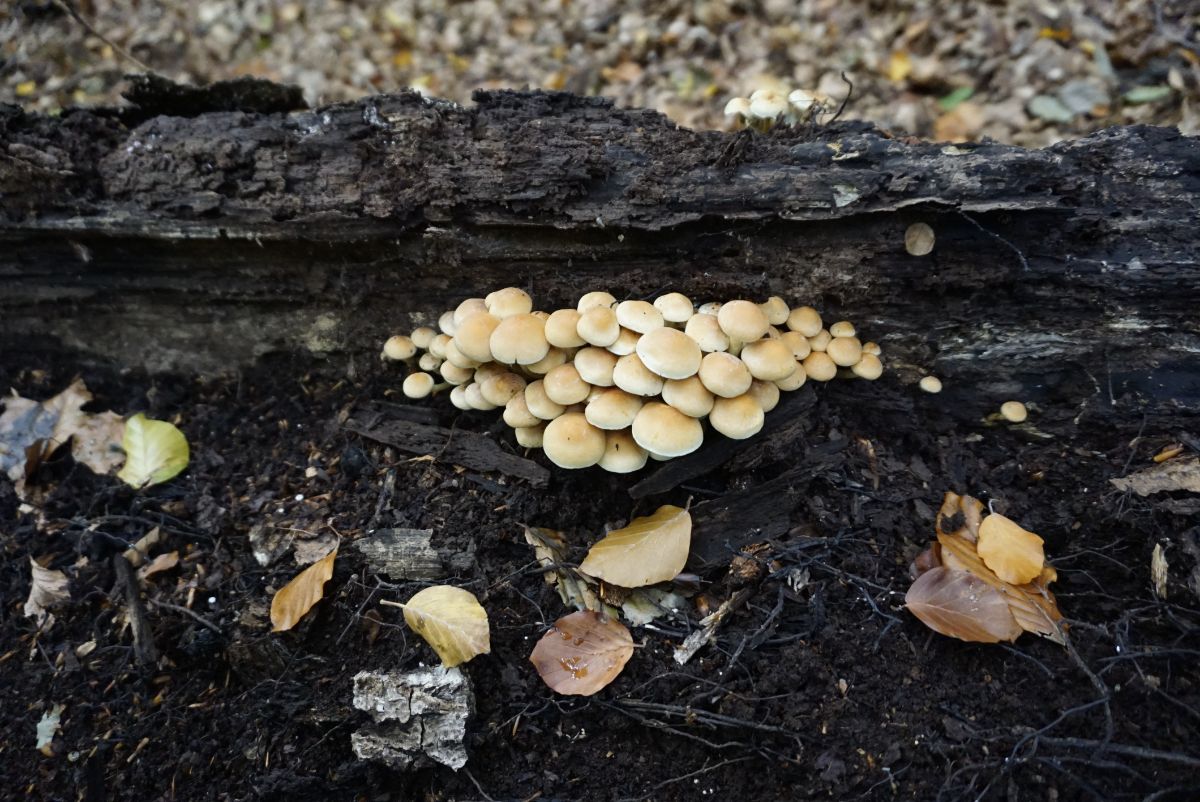
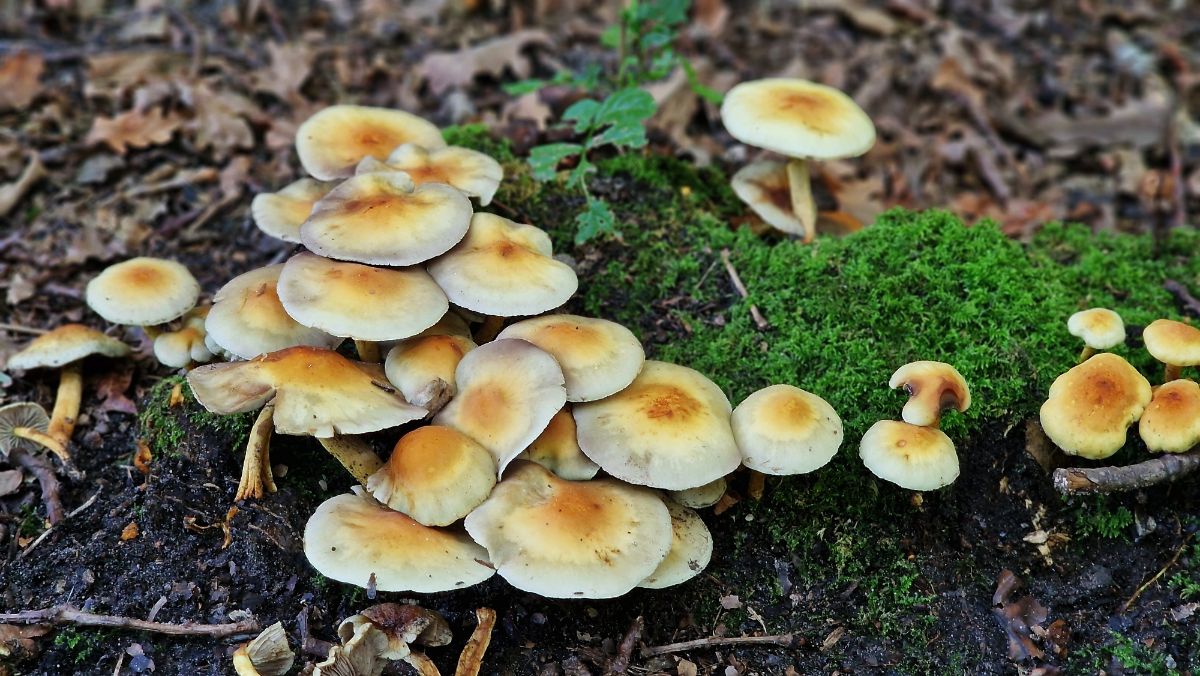
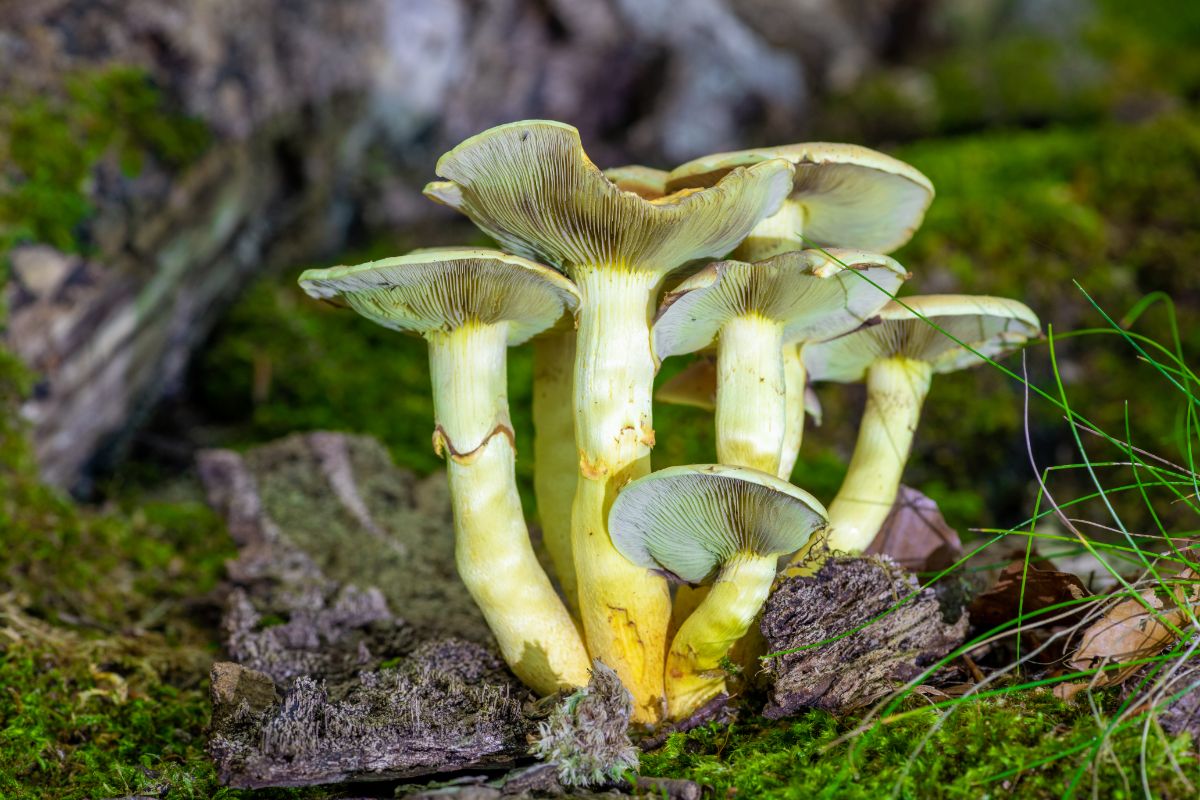
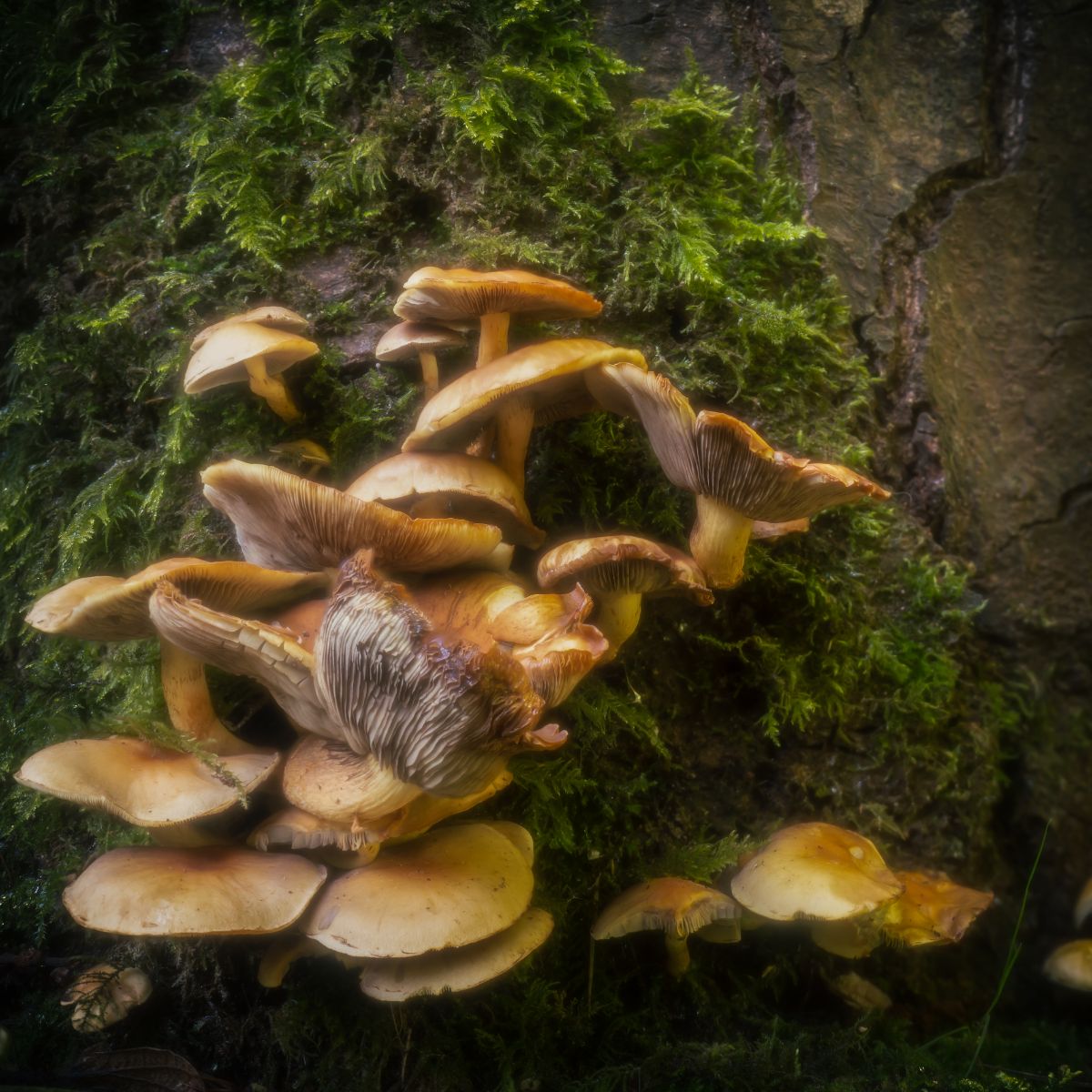
Toxicity Of The Sulfur Tuft
This mushroom is poisonous and should never be consumed. Sulphur tufts contain the steroids fasciculol E and F, which are responsible for their toxicity. There are few fatal poisonings, but at least one death is reported. The extremely bitter taste is usually enough to prevent people from eating this species. However, that bitterness could be overlooked when the mushroom is cooked up with others (like honey mushrooms!). There are also reports that the bitterness disappears with cooking, which makes it extra essential that all collected mushrooms are examined prior to eating.
Symptoms of sulphur tuft poisoning usually occur 5 to 10 hours after consumption. Affected individuals may experience severe gastrointestinal distress, including nausea, vomiting, explosive diarrhea, and excess protein in urine. Some individuals have also reported distorted sensory experiences, such as impaired vision and temporary paralysis.
If you or someone you know consumes sulphur tufts and experiences these symptoms, it is crucial to seek medical assistance.
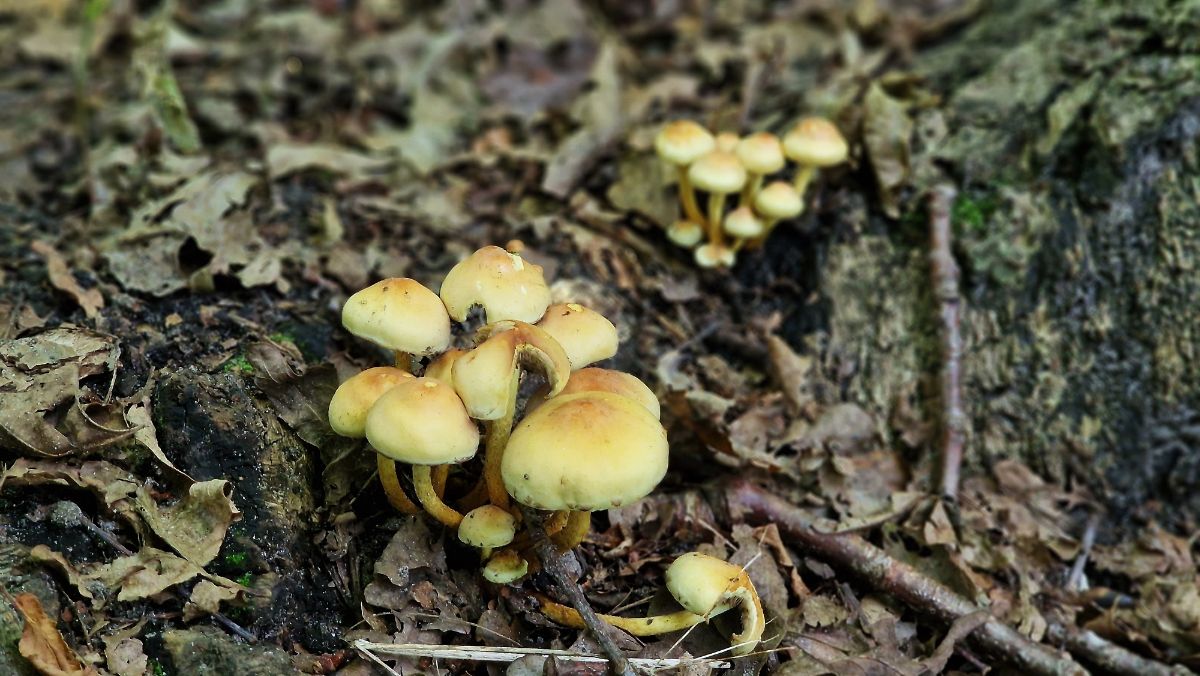
Sulfur Tuft Lookalikes
Honey Mushrooms (Armillaria spp)
Honey mushrooms grow in massive clusters on dead and dying trees, around tree stumps, and buried wood, just like sulfur tufts. They’re also yellowish in color, and this forager has found them both growing together on the same tree. Honey mushrooms on one side, sulfur tufts on the other. While it’s not difficult to tell them apart, the fact that they grow at the same time in the same places means they could very easily be accidentally foraged.
The caps of honey mushrooms are yellowish or brownish in color, much like the sulfur tuft. However, they have whitish stems, usually with a white ring on the upper portion. The gills are also whitish, as is their spore print. With age, the gills turn tan.
Honey mushrooms are edible (after boiling) and commonly collected in many regions due to their abundance and good flavor. Remember to look at the gills of every honey mushroom you collect to make sure there’s no gray or green tinting! And when in doubt, do a spore print.
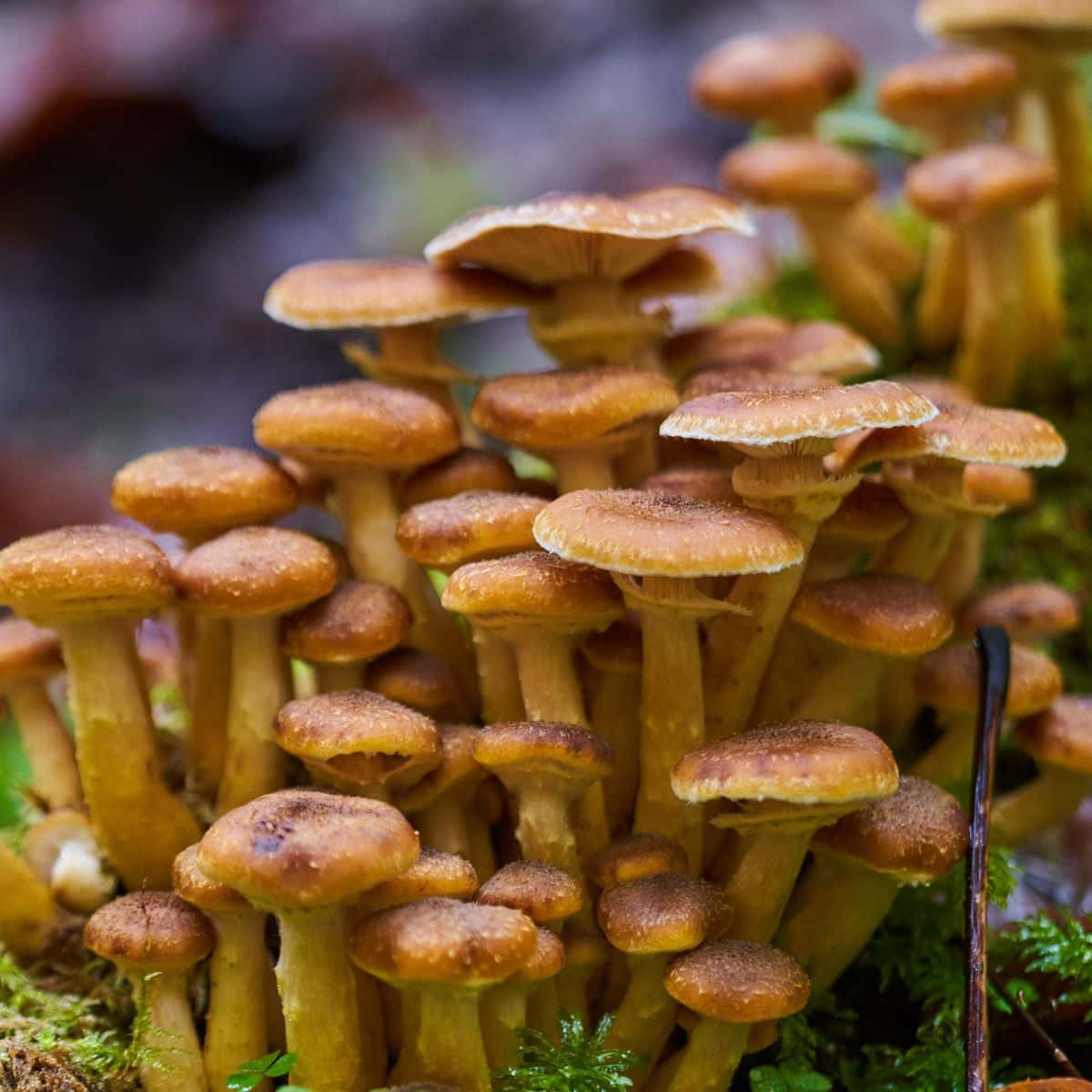
Brick Caps (Hypholoma lateritium)
The brick cap, a close relative, also closely resembles the sulfur tuft but has redder caps and gray gills that eventually become purple-gray.
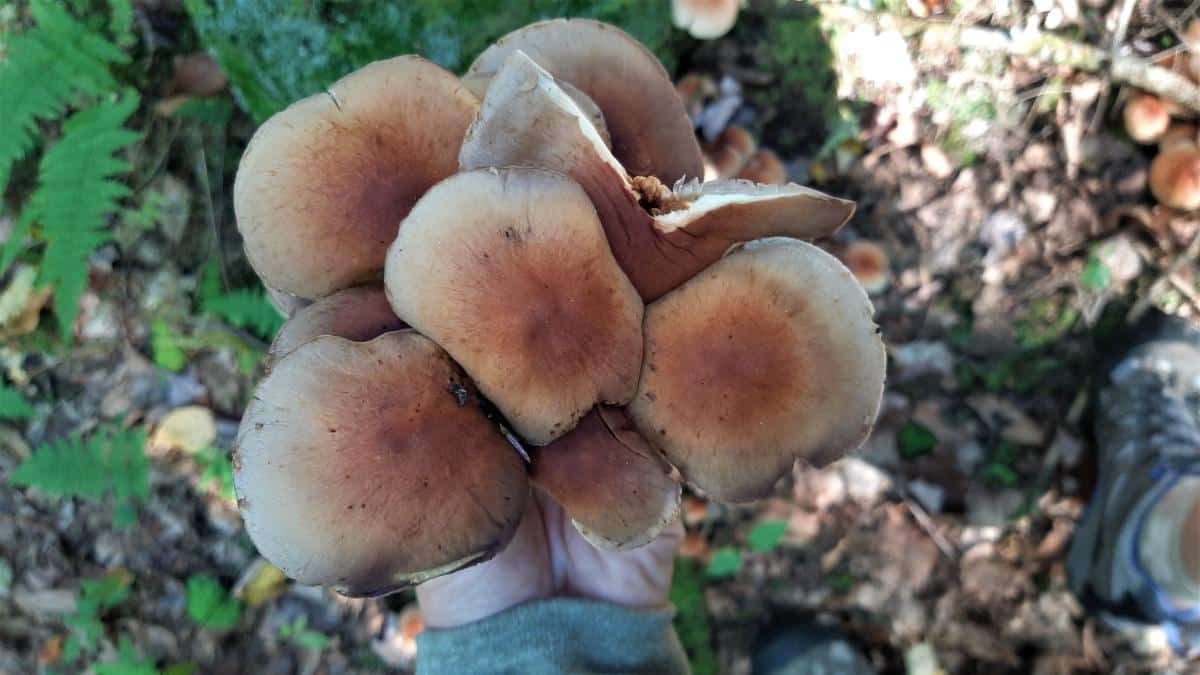
Deadly Galerina (Galerina marginata)
The cap of the deadly galerina, aka funeral bell, is often yellowish, much like the sulfur tuft. This cap is commonly darkish yellow-brown with a darker center. Overall, it is much darker than the sulfur tuft. The gills are brownish or tan, and the stem is orange-brown, often with whitish fibers covering it. As the name makes clear, this is also a dangerous mushroom and should never be foraged.
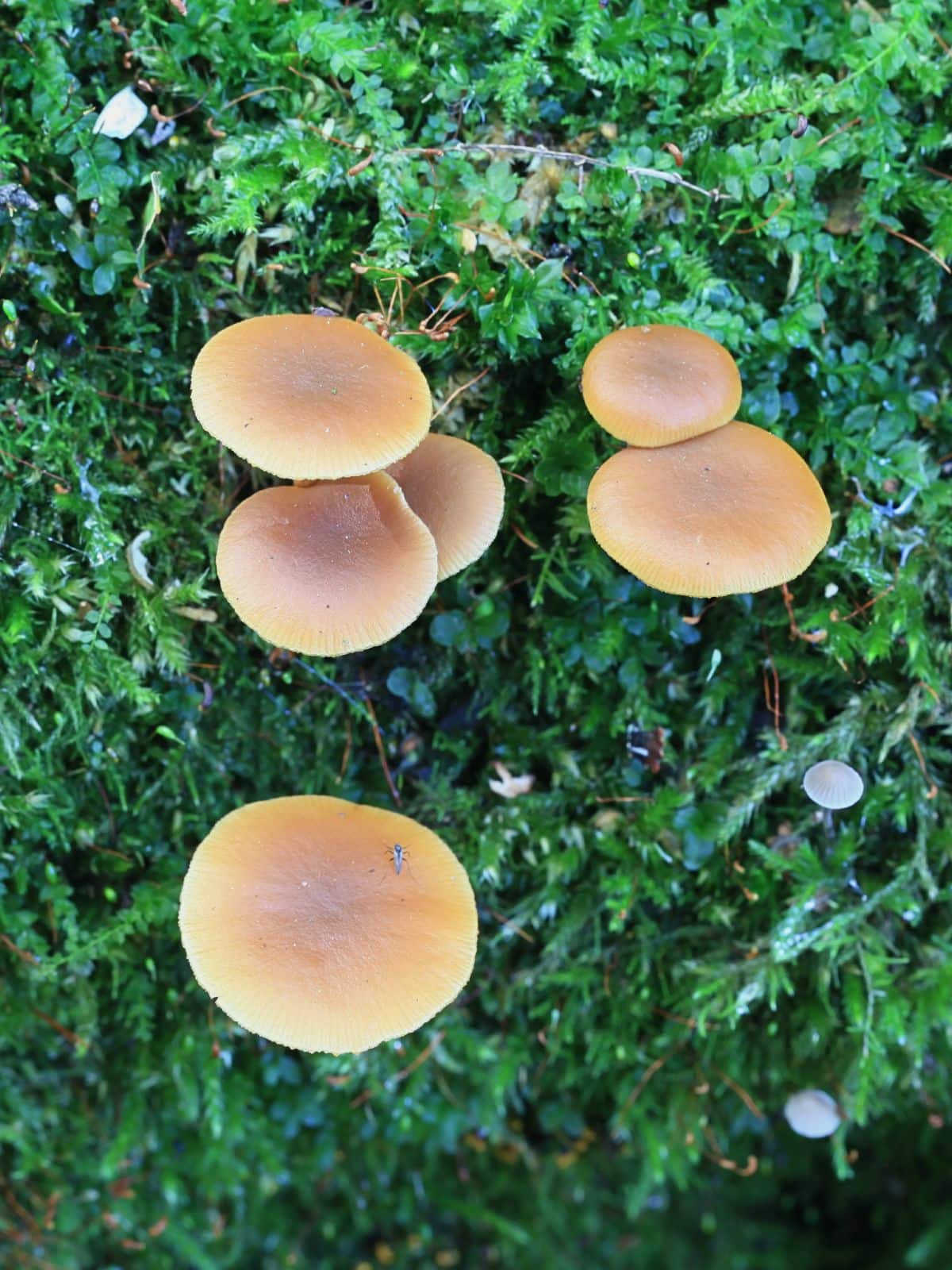
Conifer Tuft (Hypholoma capnoides)
The conifer tuft has pale gray gills without any hints of green, which is the primary difference between it and the sulfur tuft. It also doesn’t taste bitter. This is an edible species but not recommended for foraging due to how closely it resembles the sulfur tuft. It is widespread across North America but less common than its dangerous cousin.
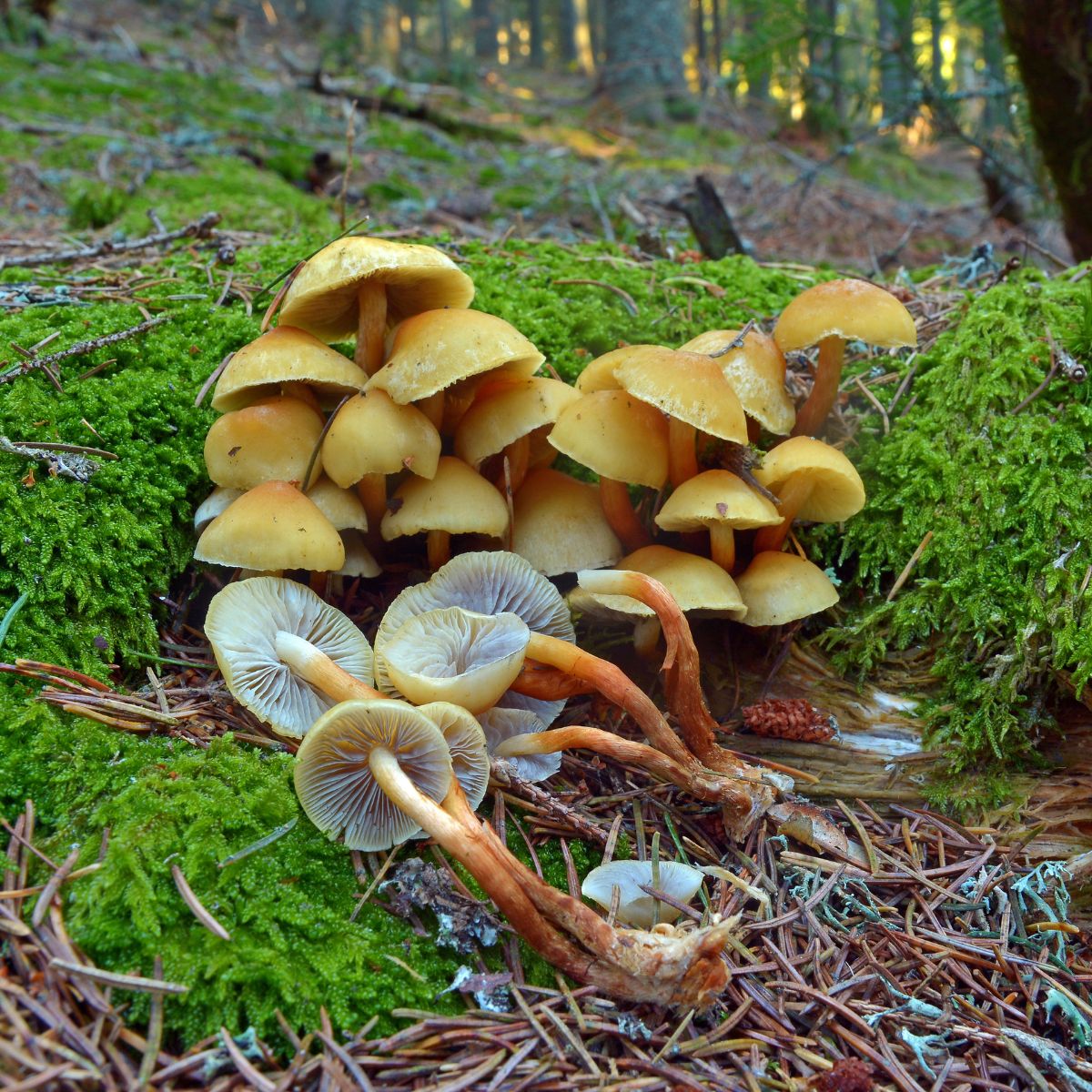
Hypholoma subviride
This closely related species is basically identical in features to the sulfur tuft. However, it is smaller and less widespread. It grows in subtropical and tropical regions and is only found in southeastern states.
Edibility and Culinary Uses
As previously mentioned, the sulphur tuft mushroom is highly toxic and should never be consumed. Its intense bitterness (hopefully!) serves as a clear warning sign to potential foragers.
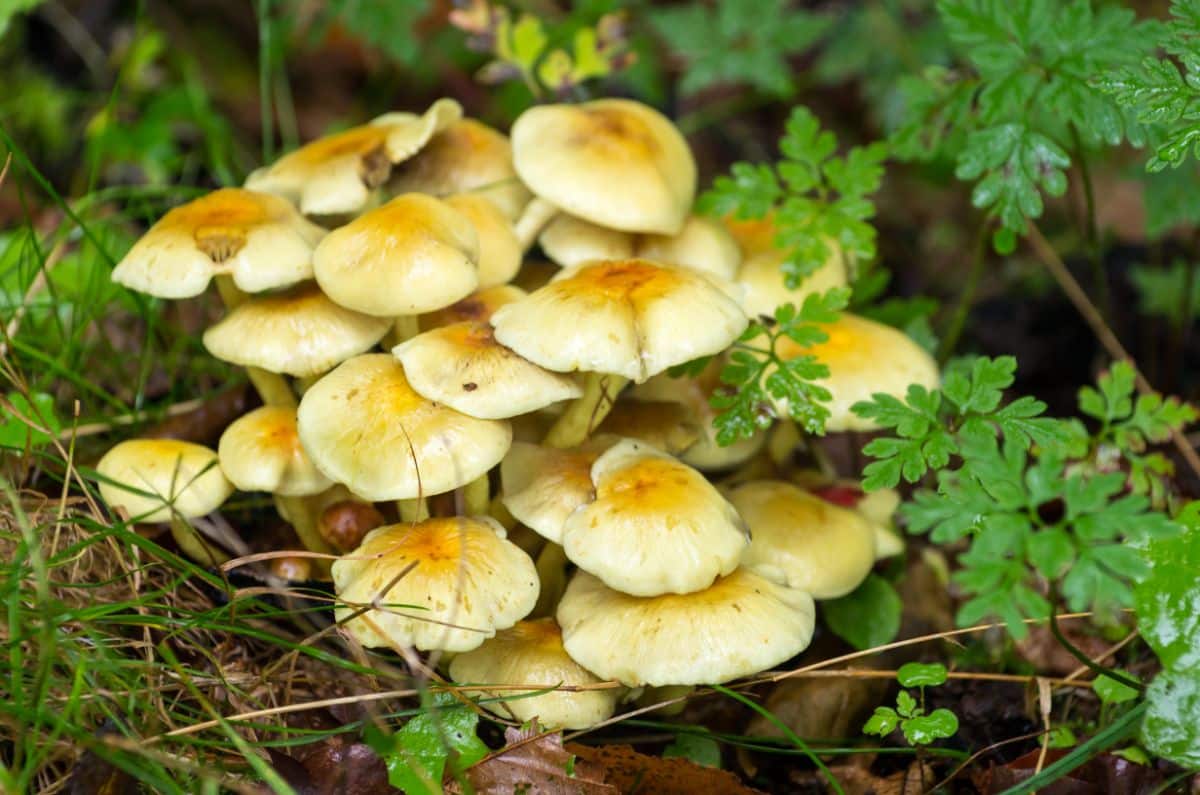
The Sulphur Tuft’s Use in Forestry
Interestingly, the sulfur tuft has been utilized in experimental treatments to competitively reduce Armillaria root rot, a common fungal disease of conifers, from managed coniferous forests.
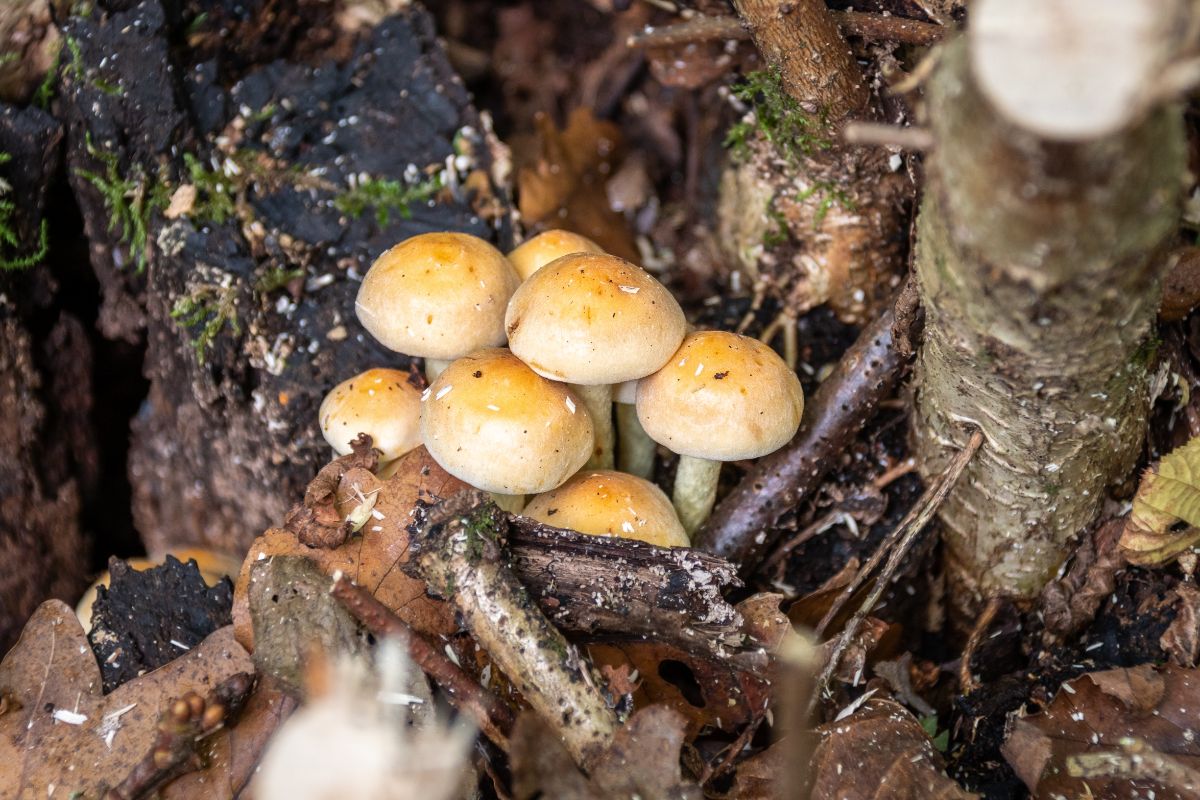
Common Questions About Sulfur Tuft Mushrooms
Is Sulphur Tuft mushroom edible?
Absolutely not. It is a poisonous, potentially deadly, mushroom that causes nausea, vomiting, diarrhea, impaired vision. Some people who have accidentally eaten it report temporary paralysis.
How poisonous is sulfur Tuft?
It is very poisonous and possibly deadly. Symptoms include nausea, vomiting, and explosive diarrhea. Some individuals have also reported distorted sensory experiences, including impaired vision and temporary paralysis.
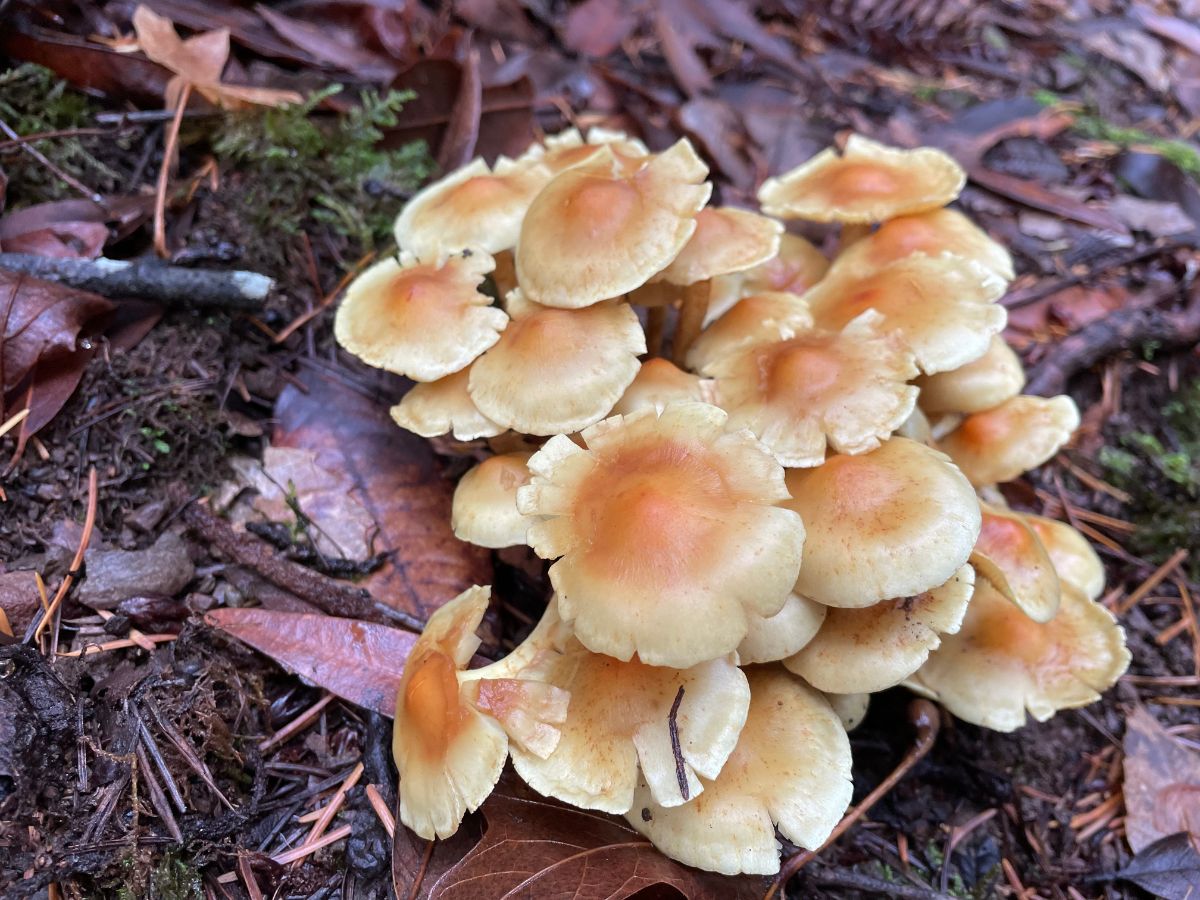






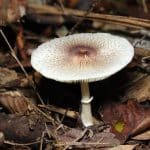
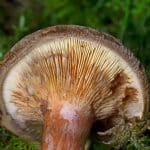
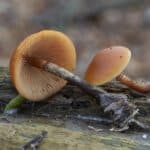
Leave a Reply